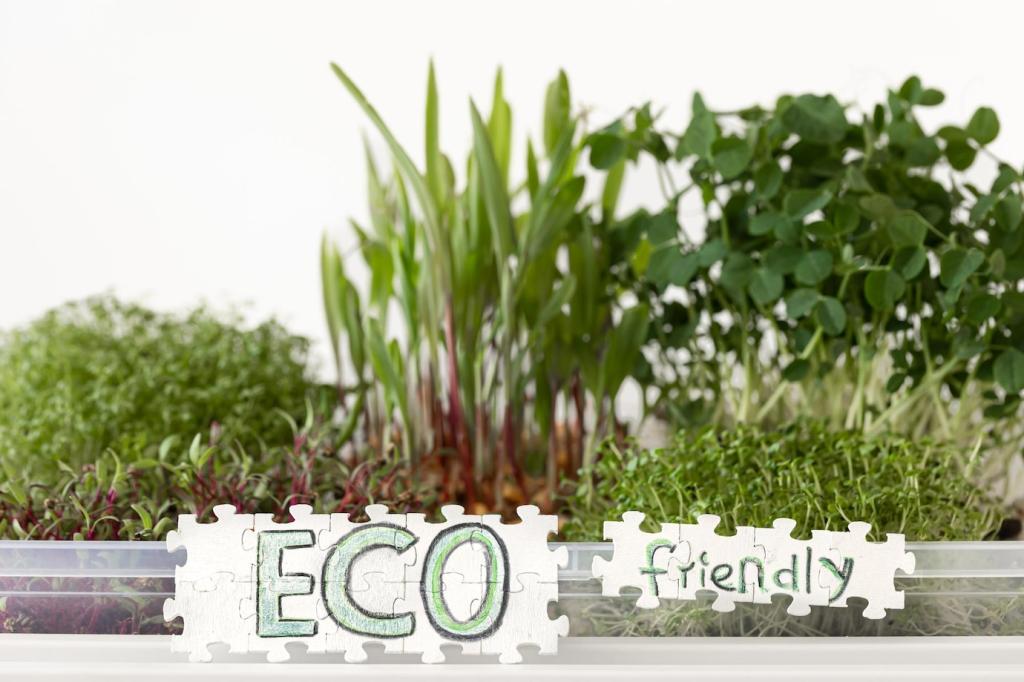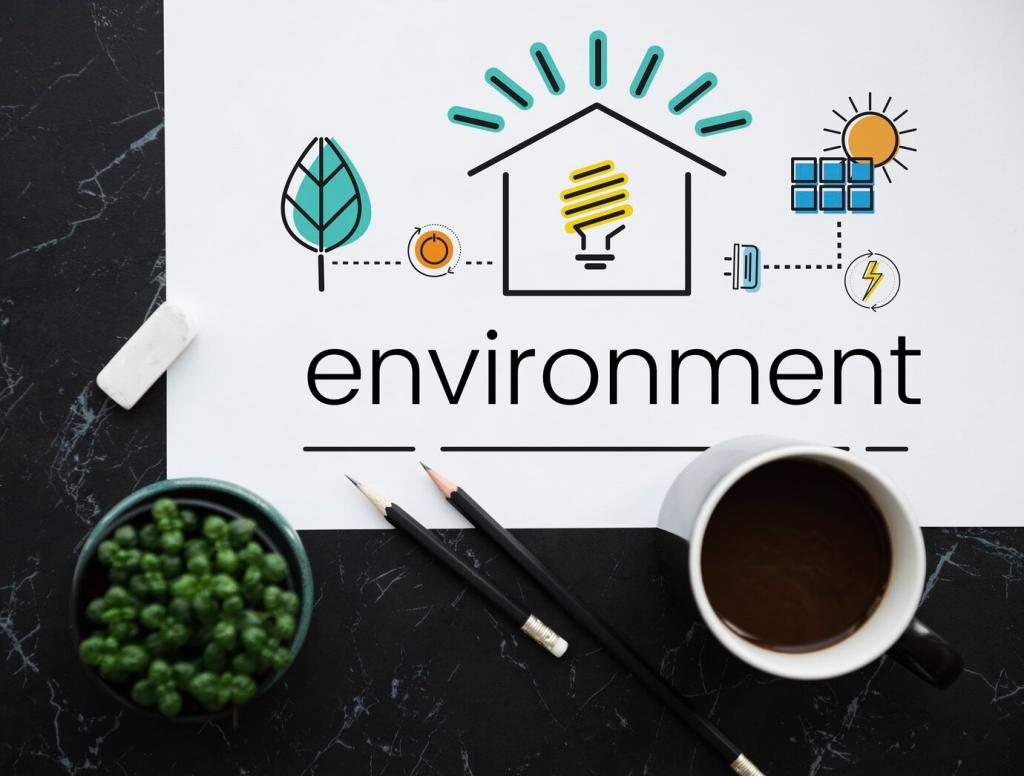Deep Cleaning Without Harsh Chemicals
Vacuum crevices with a soft brush, dust thoroughly, then apply a pH-balanced leather cleaner using a slightly damp microfiber cloth. Work in small sections with light pressure. Wipe residue with a clean, damp cloth, then dry with another. Always spot-test first to confirm compatibility.
Deep Cleaning Without Harsh Chemicals
Skip vinegar, ammonia, alcohol, baby wipes, bleach, and harsh degreasers. They alter pH, strip finishes, and degrade fibers, causing dryness and discoloration. Similarly, cooking oils and coconut oil can oxidize or go rancid, attracting dirt and creating dark, stubborn patches over time.





